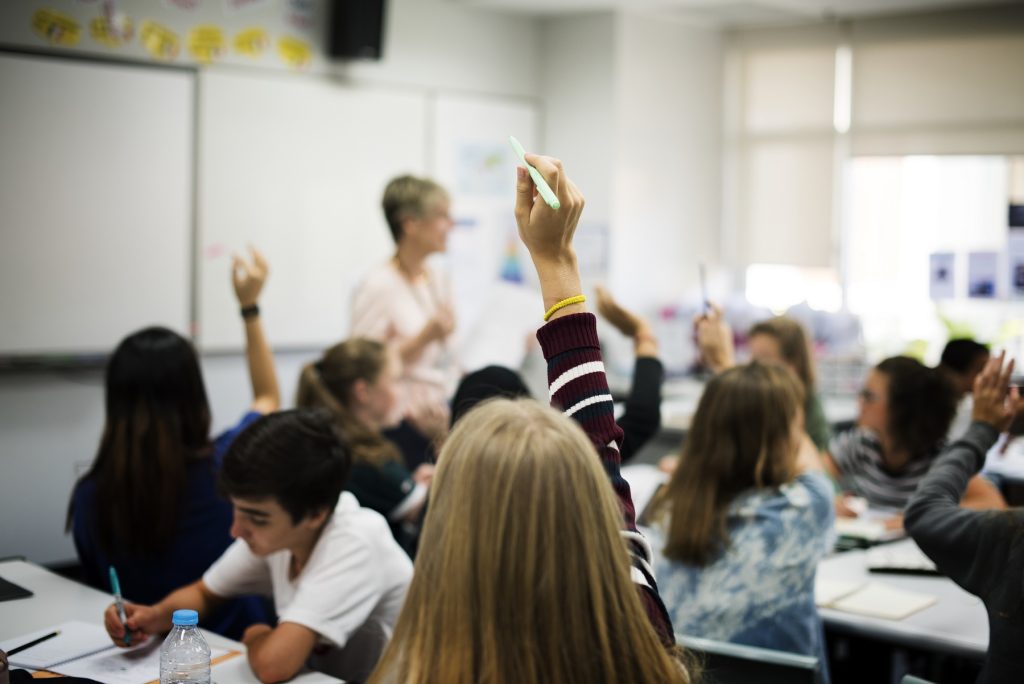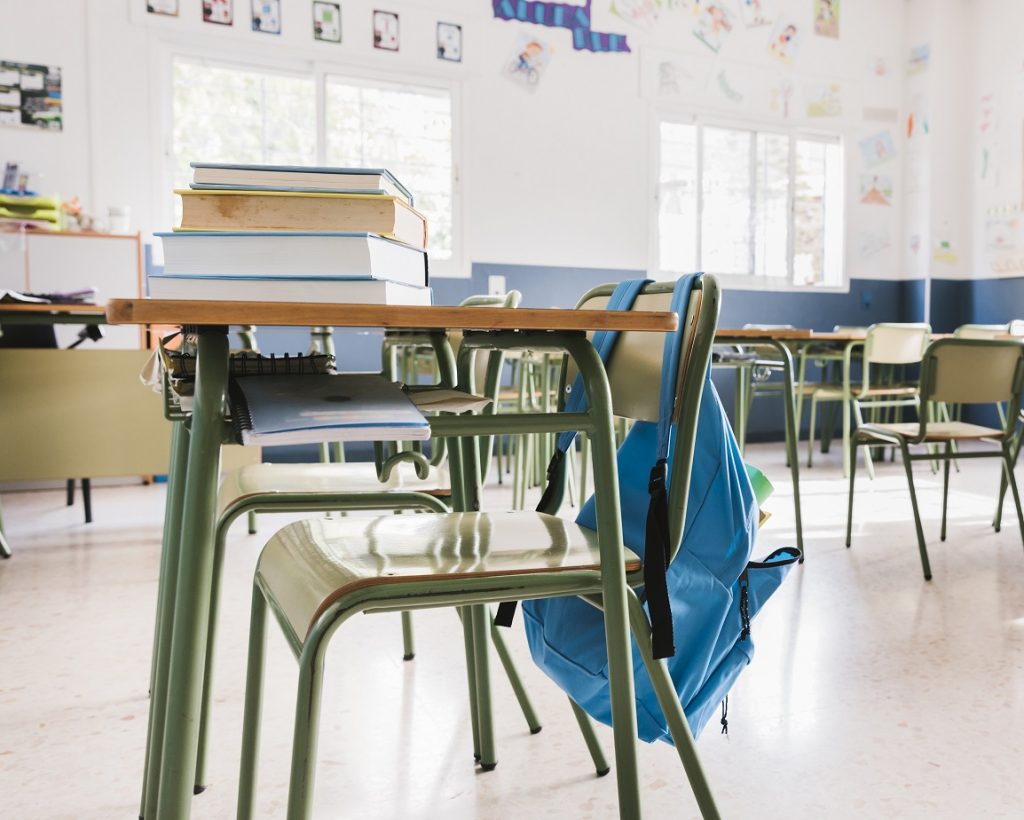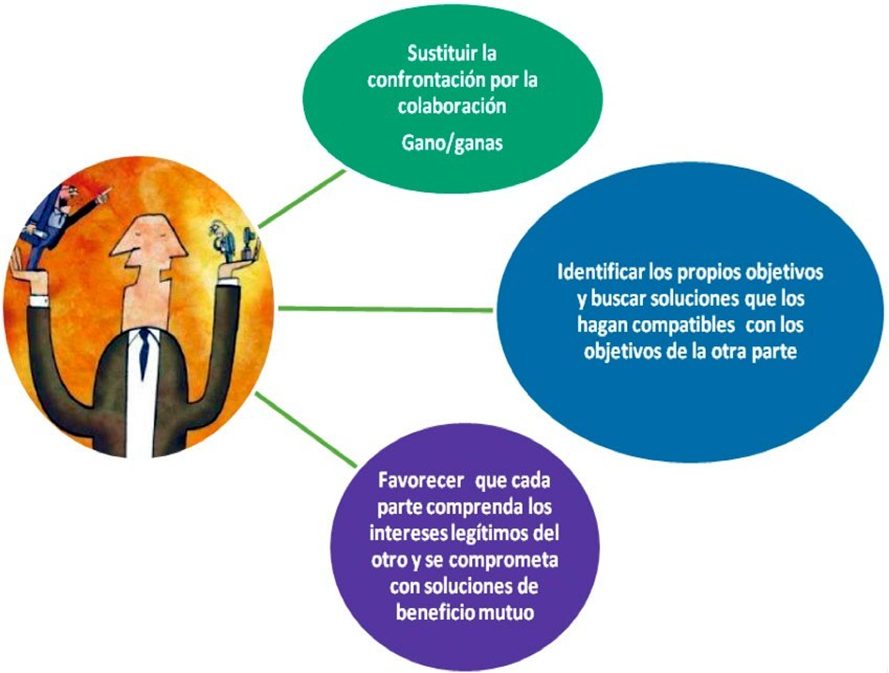Educate for Peace It is the commitment that every professional in socio-educational action should acquire in order to promote a culture that enables the implementation of the Universal Human Rights. However, it is not a complex task in times where climate denialism, patriarchy, the climate of war... give daily examples of the contradictory nature of the system in which we are inserted.
In a global contextual framework where there are innumerable situations of violence, supported by the governments of those countries that hold greater power over others that possess raw materials, whose dominance is desired by the large multinationals that in many cases decide the future of the themselves and that in one way or another support the former in said actions with the ultimate goal of being able to manage the exploitation and market of said raw materials, in order to maximize their benefits to the detriment of the development of those who live in those countries that bear the Likewise, it is difficult to build a culture of coexistence that truly enhances change, that allows the people of the world to cohabit peacefully under equal conditions and without any type of disadvantage.

These conflicts legitimized at a global level, by different public and private entities, are not exclusive to these areas, which have been discussed previously, but in one way or another, on a smaller scale, they are reflected, daily, in areas such as : the community, the school, the university or the family (among others) (Trujillo and Romero-Acosta, 2016).
The role of the mediator in resolving disputes between students and teaching staff
After what was said, as social agents, We cannot fall into the defeatism that nothing or little can be done, but rather it must serve as a reflective analysis to influence the idea that the contextual realities of each educational center They can be modified with management that makes it possible to think about the present of each of the members of the educational community.
The number of cases of Violence and harassment towards teachers increased by nearly 23% in the 2020-2021 academic year due to the return to in-person attendance, according to the latest report from the Teacher Ombudsman service of the National Association of Teaching Professionals (ANPE). Cases of violence and harassment towards teachers increased by 23% during the last academic year, according to ANPE. Which gives us a sample of the problems that sometimes exist in the teacher-student relationship, linked to multiple psychosocial factors. Aggressions from teachers to students (verbal attacks, discrimination, threats) are more frequent than one might think according to the data provided by the teachers themselves in the report on school violence (Ombudsman, 2018). In this report, the teachers state that in their center there have been attacks by teachers on students such as ridiculing (51.7%), having mania (45.7%), insulting (43.3%), intimidating with threats (18.3%) .
This breeding ground, along with other events that have been experienced for decades, such as bullying, has made it possible to legislate to have tools that help mitigate conflictive situations that arise in centers. In the Organic Law 8/2021, of June 4, on comprehensive protection of children and adolescents against violence The creation of the well-being coordinator figure for the 2022/2023 academic year became evident as a measure to be implemented within the 2030 Agenda.

This figure is configured as a specialist in implementing the coexistence plan and action protocols against signs of abuse and mistreatment, bullying, cyberbullying, sexual harassment, gender violence, domestic violence, suicide, self-harm and any other form of violence. . However, as has been seen after this first course, much more specific mediation training is necessary for all these professionals and for the entire educational community in general.
He The mediator must act as a guide and catalyst through multidirectional dialogue that enhances the reflective analysis of the parties. to be aware of the causes of conflict situations. At times, it prevents conflict escalation and helps parties overcome a conflict impasse. The mediator cannot be frivolous or inept in doing his task. It is very clear about a fundamental precept: power rests with the parties, therefore, it must perform its task consciously and constructively to lead the parties to agree on acceptable terms of agreement.
According to Jares (2001), the fundamental objectives of the mediator are the following:
- Promote and stimulate communication between the parties in conflict, a process that usually involves the control of destructive interactions.
- Promote that both parties understand the conflict globally, and not only from their perspective.
- Help both parties analyze the causes of the conflict, separating interests from feelings.
- Promote the conversion of differences into creative forms of conflict resolution.
- Restore, whenever possible, the possible emotional wounds that may exist between the parties in conflict.
Likewise, Peters (1955) states that the three main qualities of an effective mediator must prevail:
- Experience in negotiation, as you must be able to quickly understand what characterizes each case, and understand what is underlying it, the relative forces and strategies.
- Objectivity: The mediator must have enough imagination to put himself in the shoes of each party.
- Impartiality: To gain the trust of both parties you need impartiality, not showing tendencies towards any of the subjects.
All of this is summarized as follows:

Table 1. Role of the mediator
Source: Ortuño-Muñoz and Iglesias Ortuño (2015)
Practical tools: Strategies to prevent and manage bullying through mediation school
Mediation is one of the key processes for preventing bullying, combating conflict in its initial phases, starting from students as agents of change and transformation for a common benefit.
Mediation can avoid frequency or repetition of attacks or violence, alleviate helplessness and even transform intentionality through empathy. To this end, it is vital that the school develops autonomy and the cultivation of dialogic reason through the promotion of mediation programs that facilitate a diagnosis of conflictive situations prior to bullying.
Among the mediation tools to work on bullying, we can highlight the following:
- Student observation
It would be very important that even in moments of leisure the students were supervised by adults who could detect potential aggressions and/or behaviors that both victims and aggressors possess.
- Adapt existing programs such as those described in another of our blog posts (https://eimediacion.edu.es/ser-mediador/noticias-escuela-mediacion/como-se-usa-la-mediacion-para-frenar-el-bullying/ )
Both the TEI Program and the AVE Program have obtained magnificent results in the detection and intervention in bullying.
- Educational and immediate protection measures
Following the center's protocol, all appropriate measures must be taken to protect the victim and ensure that acts of violence do not continue.
- Education based on Universal Human Rights
To do this, it is advisable to decipher the “hidden curriculum” to analyze the existing relationships at all levels in the center and, with this, carry out a much more humanistic education, far from competitiveness and without having the market as a continuous reference (which It is precisely one of the current “evils” of the educational system, at all its levels).
All of this will constitute an organizational, strategic, preventive culture that will help promote peaceful coexistence for the sake of compliance with the aforementioned Universal Human Rights.
Find out all the details in the master's degree number 1 in the mediation sector.




